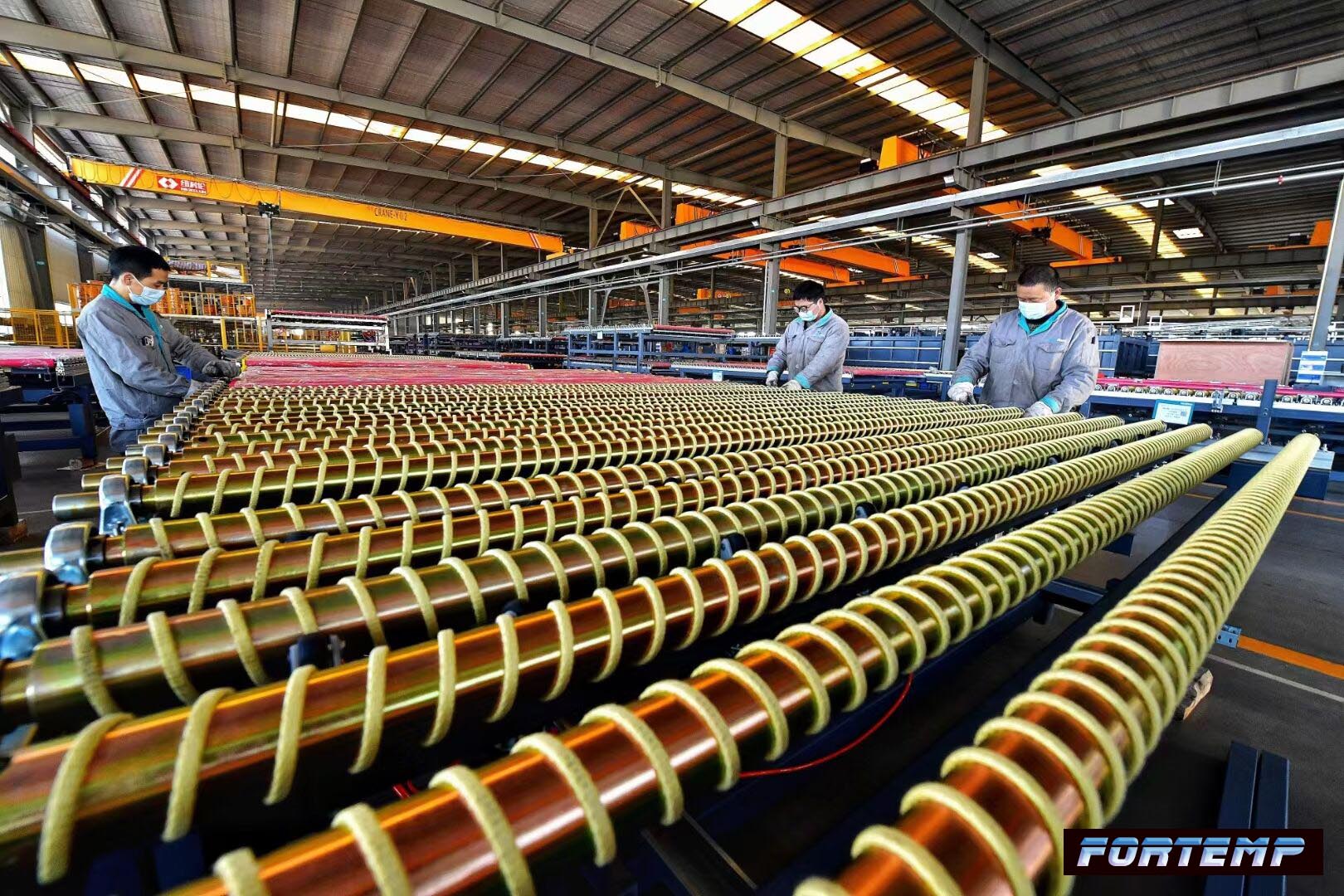 Un plan de mantenimiento de equipos es un documento que describe las acciones preventivas y correctivas para mantener sus máquinas y sistemas funcionando sin problemas y de manera eficiente.Le ayuda a reducir el tiempo de inactividad, mejorar el rendimiento, extender la vida útil del equipo y ahorrar costos.Como ingeniero de servicio de campo, necesita saber cómo crear un plan de mantenimiento de equipos eficaz que se adapte a las necesidades y expectativas de sus clientes.Estos son los pasos a seguir.
Un plan de mantenimiento de equipos es un documento que describe las acciones preventivas y correctivas para mantener sus máquinas y sistemas funcionando sin problemas y de manera eficiente.Le ayuda a reducir el tiempo de inactividad, mejorar el rendimiento, extender la vida útil del equipo y ahorrar costos.Como ingeniero de servicio de campo, necesita saber cómo crear un plan de mantenimiento de equipos eficaz que se adapte a las necesidades y expectativas de sus clientes.Estos son los pasos a seguir.
1. Identificar el equipo
El primer paso es identificar el equipo que requiere mantenimiento y recopilar información sobre sus especificaciones, funciones, características e historial.Puede utilizar registros de inventario, manuales, garantías, registros de servicio y etiquetas para recopilar estos datos.También debe inspeccionar visualmente el equipo y probar su funcionamiento para evaluar su estado y rendimiento actuales.
2. Definir los objetivos de mantenimiento
El siguiente paso es definir los objetivos de mantenimiento de cada equipo en función de su importancia, confiabilidad y riesgos.Debe considerar los objetivos de sus clientes, como mejorar la calidad, la seguridad, la eficiencia o el cumplimiento.También debe considerar las consecuencias de una falla del equipo, como la pérdida de producción, ingresos o reputación.En base a estos factores se puede priorizar el equipo y asignarle una frecuencia y nivel de mantenimiento.
3. Seleccione las tareas de mantenimiento.
El tercer paso es seleccionar las tareas de mantenimiento que le ayudarán a alcanzar los objetivos de mantenimiento de cada equipo.Puede utilizar diferentes fuentes de información, como recomendaciones del fabricante, estándares de la industria, mejores prácticas y experiencias pasadas, para identificar las tareas adecuadas.También se debe considerar el tipo de mantenimiento, como preventivo, predictivo o reactivo, y los recursos necesarios, como herramientas, materiales, habilidades y tiempo.
4. Programe las actividades de mantenimiento.
El cuarto paso es programar las actividades de mantenimiento de acuerdo con la frecuencia y nivel de mantenimiento de cada equipo.Debe utilizar un calendario o una herramienta de software para planificar las fechas y horas de las actividades y asignar los recursos en consecuencia.También debe coordinar con sus clientes y otras partes interesadas para garantizar una interrupción mínima y la máxima disponibilidad del equipo.
5. Documentar el plan de mantenimiento.
Documentar el plan de mantenimiento es el quinto paso y debe hacerse en un formato claro y conciso al que se pueda acceder y actualizar fácilmente.El documento debe incluir información como la identificación y descripción del equipo, los objetivos y prioridades de mantenimiento, las tareas y procedimientos de mantenimiento, el cronograma y recursos de mantenimiento, así como los registros e informes de mantenimiento.Además, se deben incluir instrucciones, diagramas, listas de verificación o formularios relevantes para ayudar a ejecutar el plan.
6. Revisar y mejorar el plan de mantenimiento.
El último paso es revisar y mejorar el plan de mantenimiento periódicamente para asegurar su eficacia y eficiencia.Debe monitorear el rendimiento y la condición del equipo, realizar un seguimiento de los resultados y costos de las actividades de mantenimiento y recopilar comentarios de sus clientes y otras partes interesadas.También debe analizar los datos e identificar cualquier brecha, problema u oportunidad de mejora.Según sus hallazgos, debe realizar los ajustes necesarios en su plan de mantenimiento.
Hora de publicación: 15 de septiembre de 2023
